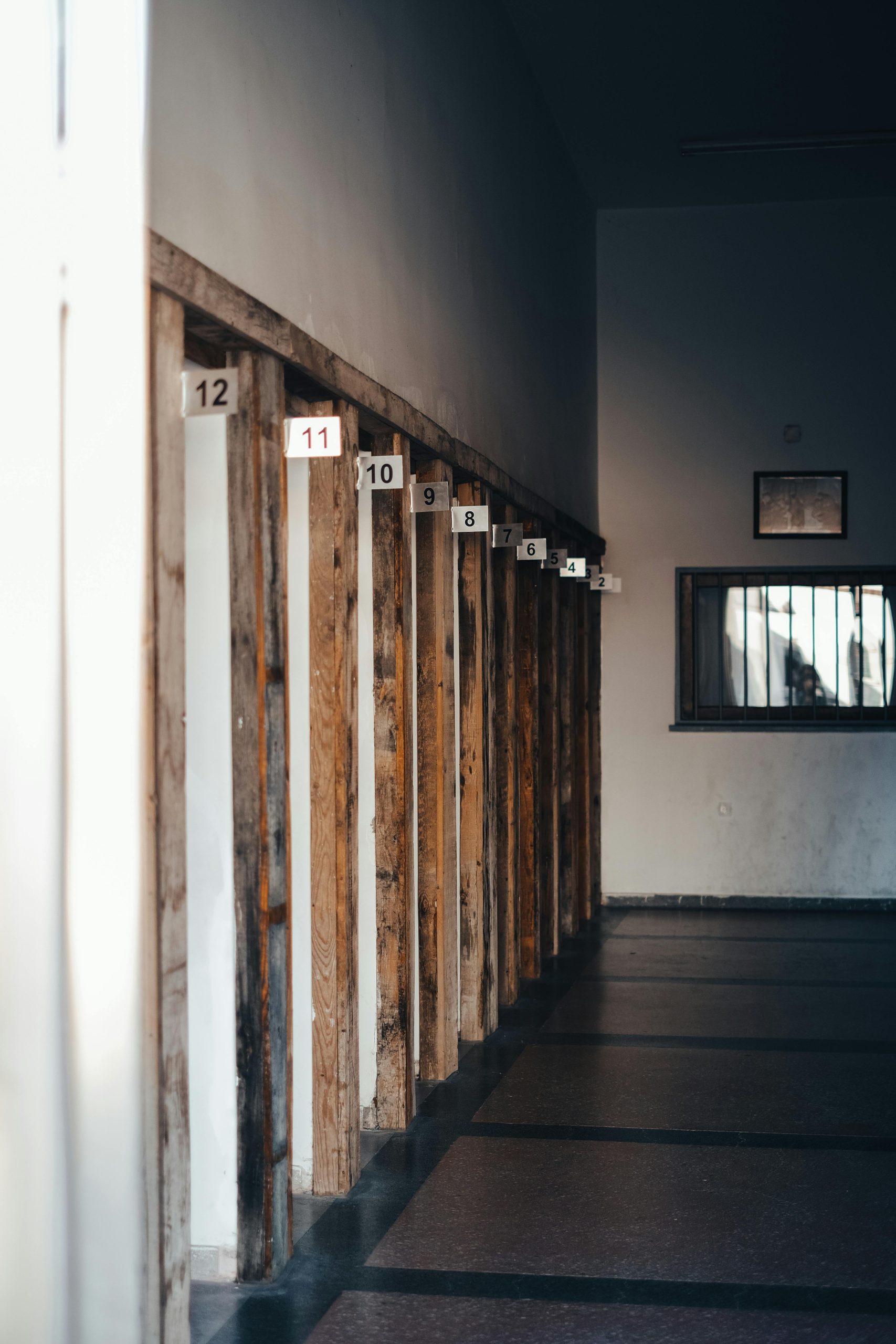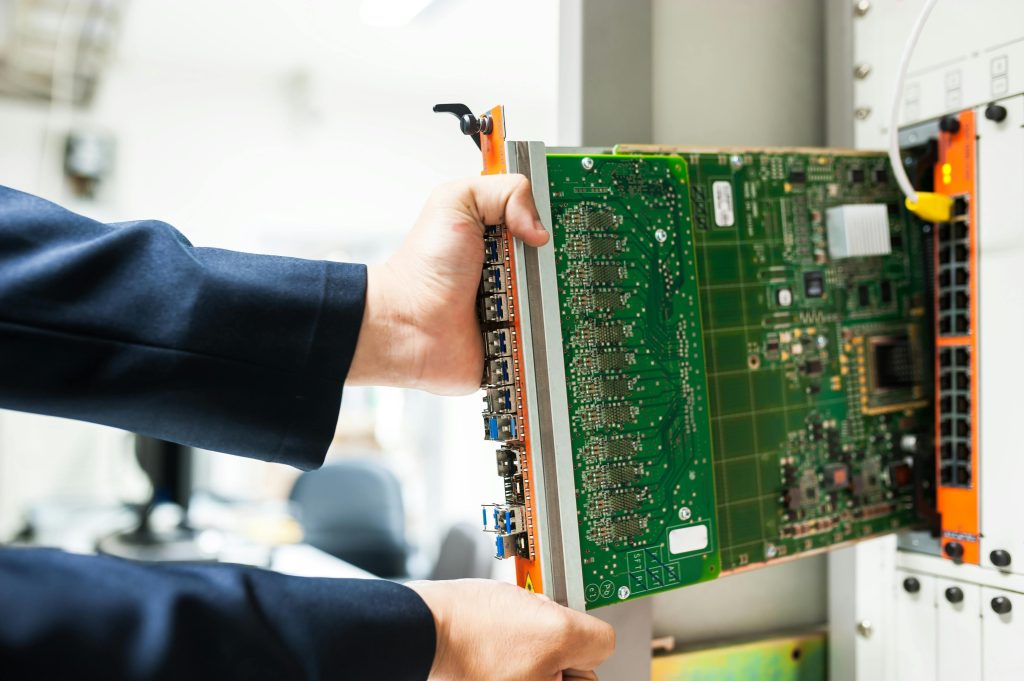Troubleshooting the Windows 10 to Windows 11 Upgrade: Stuck in WinRE
If you’ve ever found yourself trapped in a loop of endless troubleshooting while upgrading from Windows 10 to Windows 11, you’re not alone. Recently, one user encountered a frustrating problem after initiating an upgrade that led them straight to the Windows Recovery Environment (WinRE). After trying various fixes without success, they shared their experience and sought help from the community. Below is a breakdown of their journey, alongside some insight into potential solutions if you find yourself in a similar predicament.
The Upgrade Dilemma
A couple of weeks ago, after a routine update, our user was presented with an enticing option: upgrade to Windows 11. Opting for a future installation during a scheduled update, they unfortunately delayed the process by hibernating their PC instead of shutting it down. Fast forward to April 28, when they returned to find themselves stuck on the WinRE screen, unable to progress.
Attempts at Resolution
Eager to resolve the issue, our user attempted several troubleshooting options available within WinRE, which yielded minimal results:
- Continue: Simply rebooted back to WinRE.
- Turn Off Your PC: Resulted in the same return to the menu upon restart.
- Startup Repair: Unfortunately, it reported that the PC could not be repaired.
- Startup Settings: Had no noticeable effect.
- Uninstall Updates: An attempt here encountered a “we ran into a problem” message.
- System Restore: Found no restore points available for recovery.
To complicate matters, attempts were also made using both a Windows 10 bootable USB and a Windows 11 ISO USB, but these proved fruitless as well.
Diagnosing the Boot Drive
In an effort to rule out hardware issues, the user removed the boot drive (SSD) and connected it to a laptop via an external enclosure. Initial checks revealed the drive seemed healthy. Commands run in the WinRE command prompt indicated two installations were present—C:\Windows and C:\Windows.old. This raised concerns that their upgrade to Windows 11 was either incomplete or corrupted, as Windows.old typically signifies the previous Windows installation.
An intriguing prompt appeared when booting from the installation media: it suggested that an upgrade was already in progress. The question became whether the Windows.old folder contained a functioning version of Windows 10, and if there was a method
Share this content:




It sounds like you’re experiencing a challenging upgrade issue where your system is stuck in WinRE after attempting to upgrade to Windows 11. Based on your description, here are some steps you might consider to resolve the problem:
dir C:\Windows.oldto see if the old Windows system files are intact. If so, you might be able to perform a repair or system restore from these files.DISM /Online /Cleanup-Image /RestoreHealthfollowed bysfc /scannow. This can repair system image inconsistencies and corrupted files.bootrec /fixmbrandbootrec /fixbootfrom the command prompt to repair boot issues